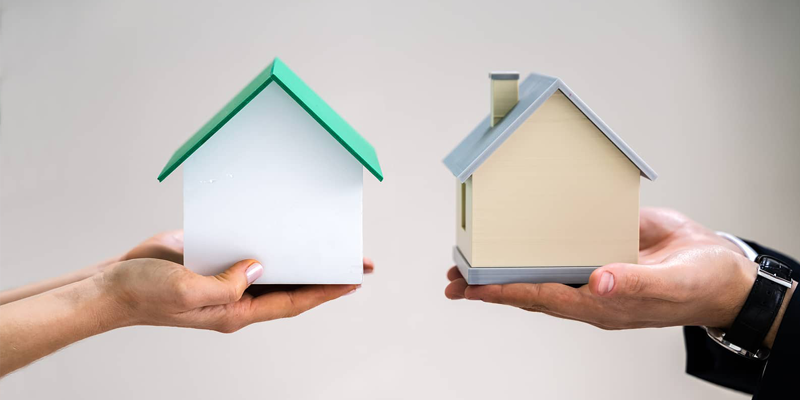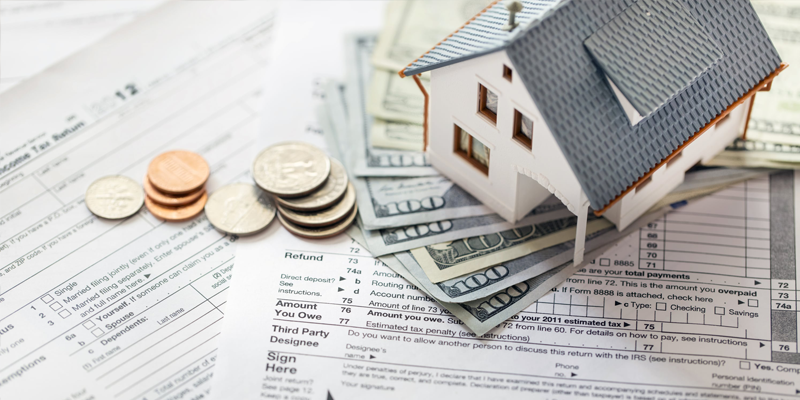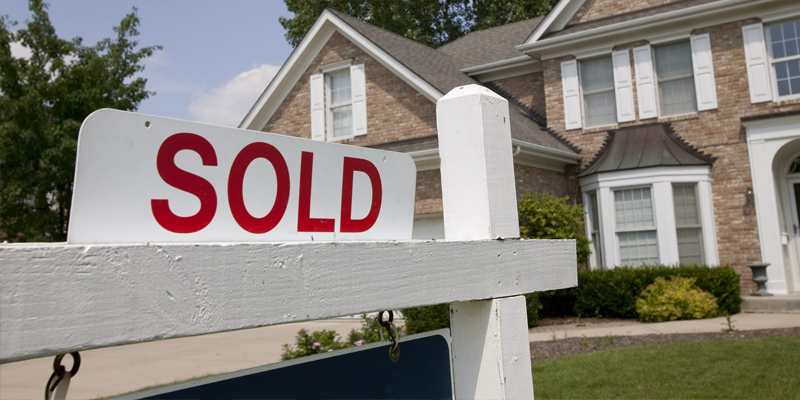Table of Contents
Are you considering a 1031 exchange but feel unsure about the costs for this type of transaction? While this is a popular type of real estate transaction, many people are still unfamiliar with the costs and processes involved. Here, we’ll break down the different costs and fees associated with a 1031 exchange so you can make an informed decision about whether or not this type of transaction is right for you.
What is a 1031 Exchange?

First, let’s define what a 1031 exchange actually is. This type of transaction allows you to sell one piece of property and reinvest the proceeds into another property while deferring capital gains taxes. The key to this process is that the properties involved must be “like-kind” – meaning they must be used for investment or business purposes, not as personal residences.
There are two main types of 1031 exchanges: delayed exchanges and reverse exchanges. With a delayed exchange, the new property is purchased after the old property has been sold. With a reverse exchange, the new property is acquired before the old property is sold. Both of these options have their own set of costs and fees associated with them.
When considering a 1031 exchange, it’s important to consult with a professional to make sure you’re aware of all the associated costs. Let’s take a closer look at some of the most common costs involved in this type of transaction.
Costs Associated with a 1031 Exchange
There are several different costs associated with a 1031 exchange, including:
-The cost of exchanging the properties
-The cost of any new property purchased
-Any fees associated with the exchange process itself
These costs can add up, so it’s important to be aware of them before deciding whether or not to pursue a 1031 exchange.
The Cost of Exchanging Properties
One of the most obvious costs associated with a 1031 exchange is the cost of exchanging the properties. This cost can vary depending on how the exchange is structured, but it typically includes broker fees and legal fees.
It’s important to note that the properties don’t actually have to be exchanged at the same time – they can be exchanged sequentially, as long as the delay doesn’t exceed 180 days. However, if you do choose to exchange the properties sequentially, you will need to set up a qualified intermediary to hold the proceeds from the sale of your old property until you buy your new property.
The Cost of a New Property
When purchasing a new property as part of a 1031 exchange, you’ll also need to factor in the cost of that property. This cost can vary significantly depending on the property’s location and size.
It’s important to note that you cannot use the proceeds from the sale of your old property to purchase your new property – those funds must be held by a qualified intermediary.
Cost for a Delayed Exchange
If you’re pursuing a delayed exchange, there are also some additional costs to consider. In addition to the costs mentioned above, you’ll also need to pay for an accommodation agreement, which is a contract between the seller of the new property and the buyer. This agreement ensures that the seller will still be able to sell the property even if the exchange falls through.
Costs for a Reverse Exchange
If you’re pursuing a reverse exchange, there are also some additional costs to consider. In addition to the costs mentioned above, you’ll also need to pay for a qualified intermediary to hold your funds until you buy your new property. This intermediary will act as a middleman between you and the seller of your new property and will ensure that the sale goes through smoothly.
Any Fees Associated with the Exchange Process

In addition to the costs mentioned above, there are also several fees associated with the 1031 exchange process itself. These fees can include broker fees, legal fees, and administrative fees.
It’s important to be aware of these fees and factor them into your overall budget for the exchange.
Now that you know about some of the most common costs associated with a 1031 exchange let’s look at some of the pros and cons of this type of transaction.
The Pros and Cons of 1031 Exchange
There are several pros and cons to consider when deciding whether or not to pursue a 1031 exchange. Here are some of the most important ones:
The Pros:
-You can defer capital gains taxes on the sale of your property
-You can reinvest the proceeds from the sale of your property into another property
-You have more time to find a replacement property
The Cons:
-You need to find a “like-kind” replacement property
-There are costs associated with exchanging the properties and purchasing a new property
-There are fees associated with the 1031 exchange process itself
These pros and cons should be weighed against each other to help you make a decision that’s right for you.
Ultimately, the decision to pursue a 1031 exchange should be made after consulting with a professional. They can help you understand the costs and fees involved, as well as the pros and cons of this type of transaction. By weighing all the information, you can make an informed decision about whether or not a 1031 exchange is right for you.
Reach Out To Our Team for Guidance
If you’re considering a 1031 exchange, it’s important to reach out to our team for guidance. We can help you understand the process and answer any questions you have. We’ll also connect you with qualified professionals who can assist you with the exchange process. Contact us today to get started!

